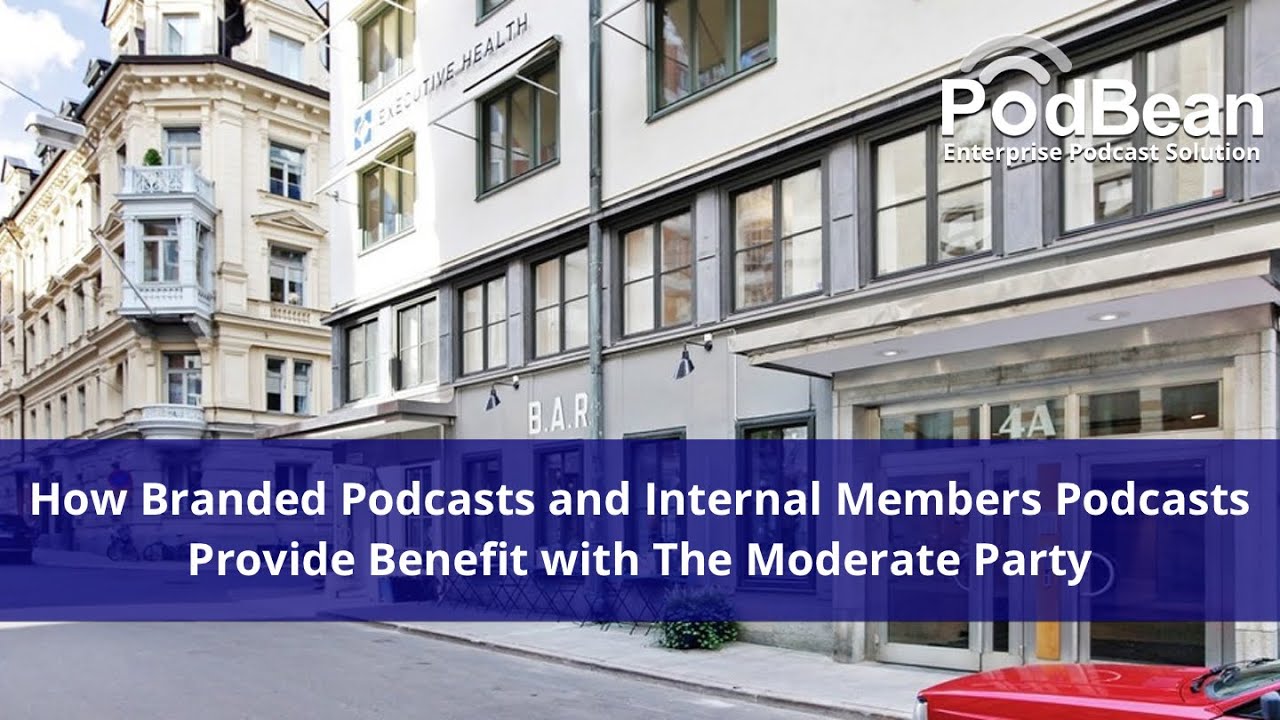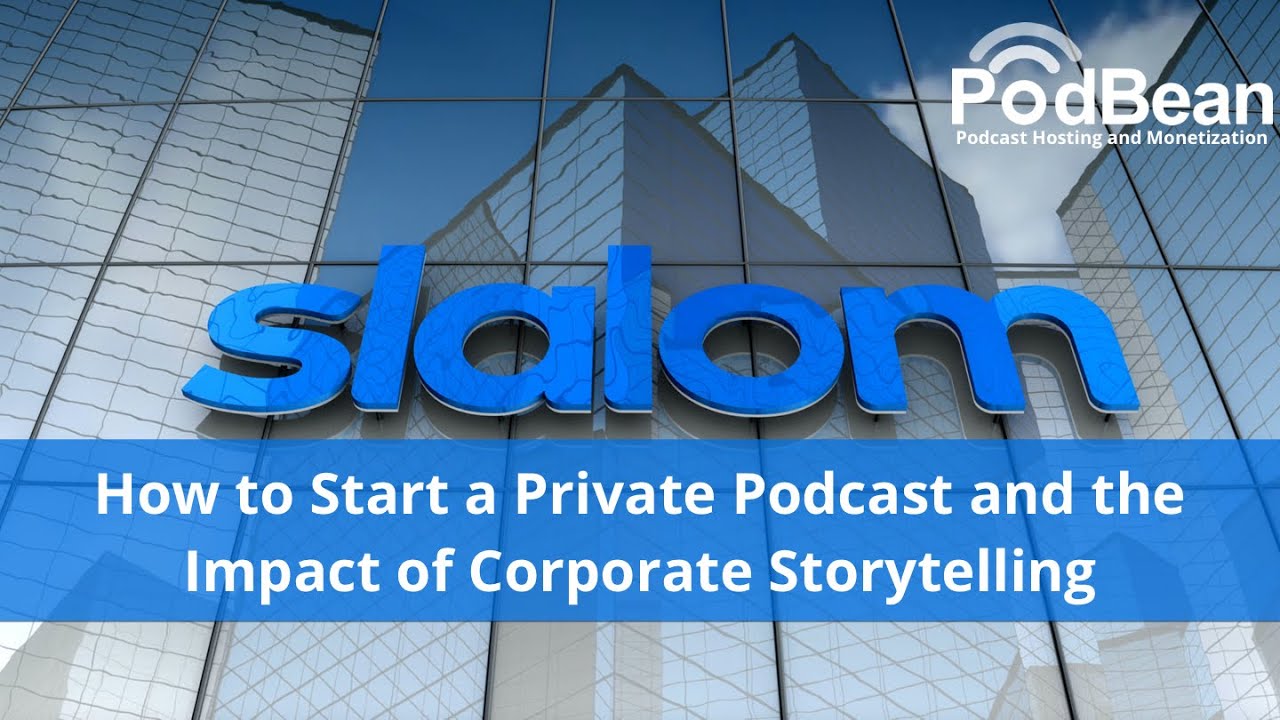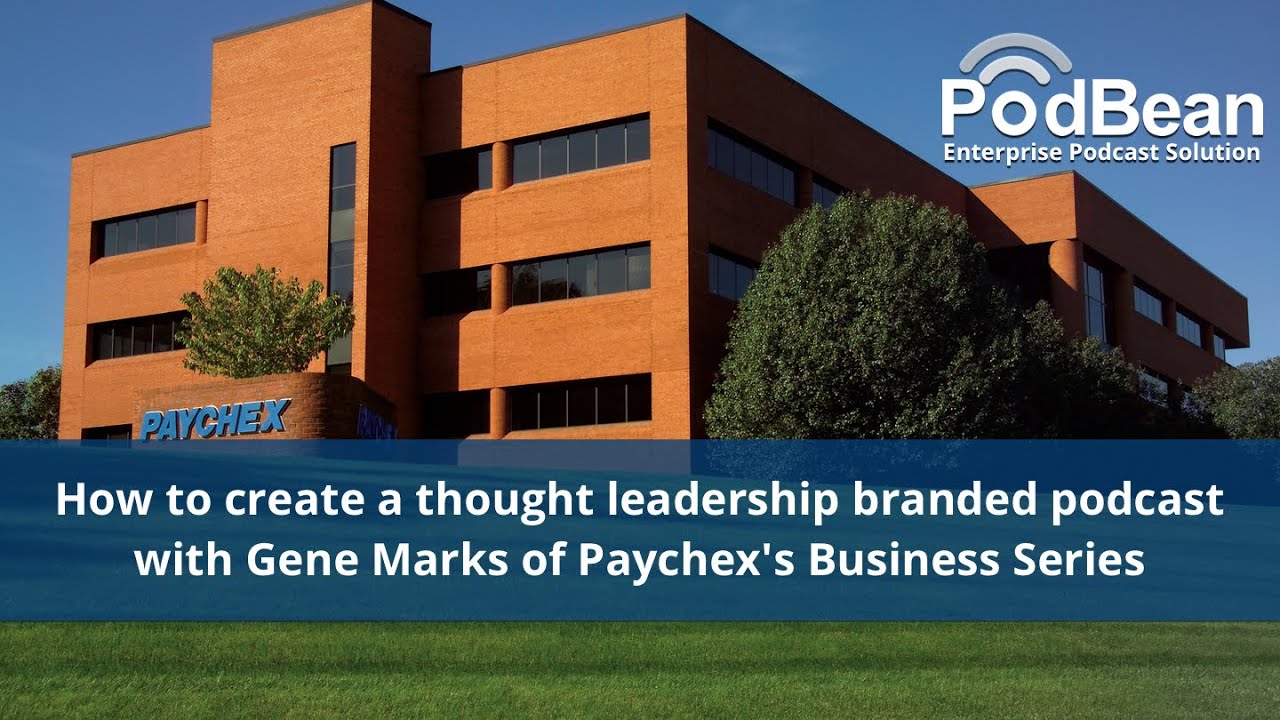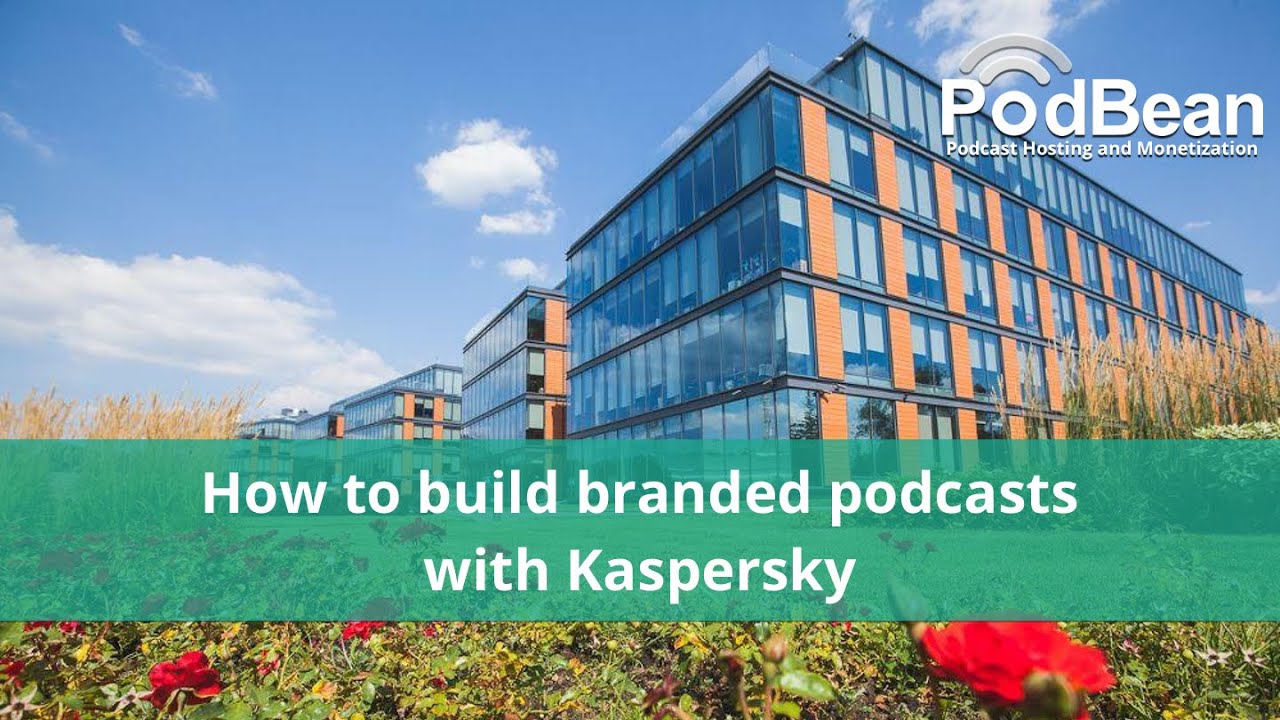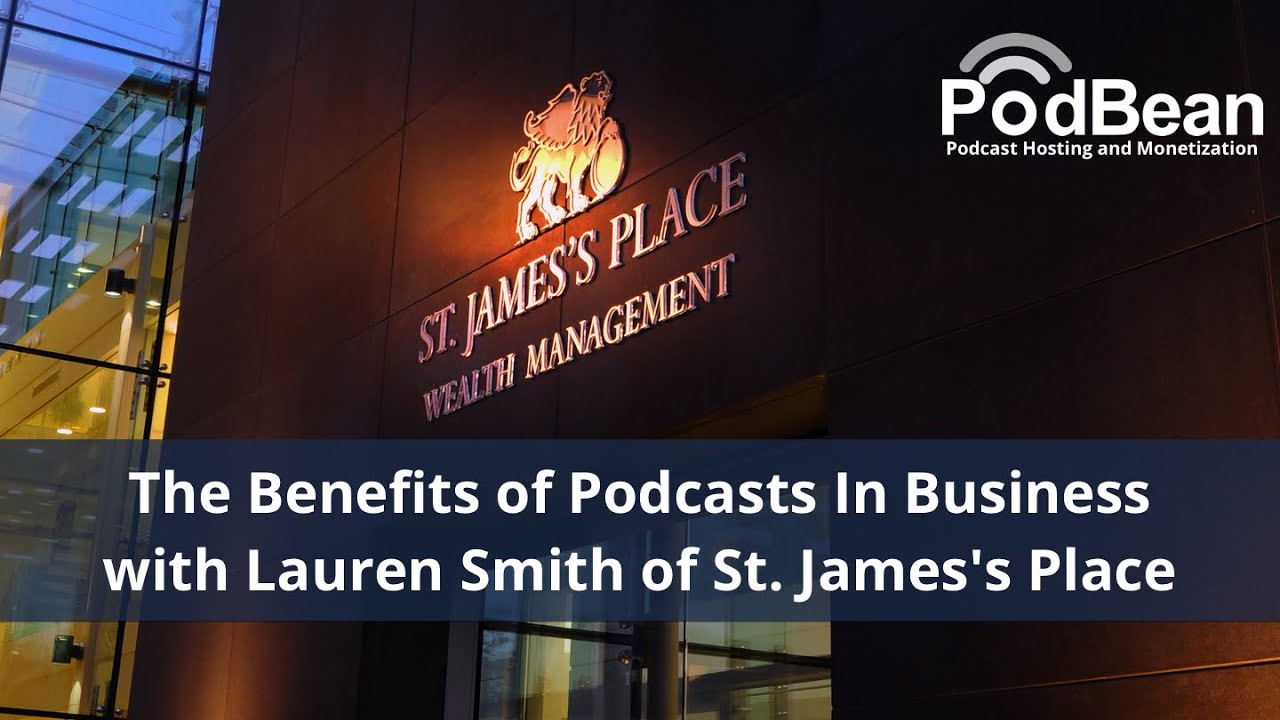Podcasting for Training and Internal Communications
Better Training SolutionsTraining is an ongoing need for every organization. As the great Richard Branson said, “Train people well enough so that they can leave, treat them well enough so they don’t want to”. But, when your employees are busy, and on the move, training is a significant challenge.Not only that, when your leaders provide great content at an event, how do you ensure that such high-value content is fully leveraged? How do you extract the best moments, those golden nuggets, and make sure that they are available to people that are not even part of your organization yet?Well, part of the answer is that innovation is core to the human condition; faced with a problem, we innovate a solution. Our very own John Kiernan, Podbean’s Head of Marketing, met with Marty Boyzuk, the Direct of Enablement Technology Architecture and Design at VMware, a virtualization company. We learned about the innovative approach that VMware implemented to overcome the challenges of both capturing the best of busy people and training busy people.Why Podcasting?VMware was interested in podcasting as a secure, internal communications solution. Part of that interest was due to the enthusiasm for podcasting that entered the company with Marty. Marty was an early adopter of podcasting when he was at HP software. He identified that his highly-technical target audience already had an appetite for consuming podcasts, as many used them while working.Interestingly, VMware was not just experiencing a motivation-toward or pull to podcasting. There was also a motivation-away from the existing solutions. Marty explained that a downside of their existing toolset was the poor support for offline playback. His audience does a great deal of travel for work, and so it made sense to support them to use this time effectively.How Do You Use Podcasting?VMware uses podcasting in 3 main strands, customer-facing content, partner-facing content, and internal content. Marty is responsible for the internal stream, which is composed of 8 very active channels.These channels are audience-targeted. One of the key channels is aimed at the sales team, while others are targeted at technical teams. Their purpose falls into 2 categories; internal communication and training.VMware has been particularly innovative in its approach to utilizing Podbean for training. With a little extra code, VMware’s learning management system (LMS) was smoothly integrated with Podbean’s app. This enables employee’s consumption of the podcasts to be monitored, allowing their progression through internal training content to be marked as completed and credits assigned to the trainee.Not only that, VMware is using podcasts as a way to preserve institutional knowledge. So, for example, a global training session held over Zoom is recorded. The channel team then extract the evergreen content that should not be lost, this is packaged as a cast and the knowledge retained.How Is the Podcast Created?Being a technical company, Marty discovered that they have a pool of podcast geeks who were super keen to learn more about audio editing. In addition, what has been very effective at VMware is encouraging the audience to become co-creators. Employees have taken on the responsibility of creating training content for other people in the company.VMware keep podcasting so simple that they advise users to use Zoom to record a session, to download the resulting MP3/4, and to get editing! When folk begin to love the medium and push for more, VMware provides these internal producers with Adobe Studio and a good-quality microphone.VMware’s internal communications team also see that promoting the podcast material is as important as creating it. SharePoint banners, newsletters, emails, mentions in meetings are all used as a mechanism to increase the audience’s awareness of new content on the various channels.So, What Are the Benefits of Corporate Podcasting?For VMware, having Single Sign-On (SSO) authentication was mandatory to ensure the security of the content they produced that was intended to be used outside of the corporate physical perimeter. So, one of the big wins for Marty was the security that Podbean guarantees its clients.One of the extended advantages of implementing SSO, is that the listener is identified. It was this SSO that allowed the training credits to be assigned to each employee as they consumed their required training content.Part of Marty’s strategy at VMware is that podcasting gives them an alternative format over which they can reinforce information. They recognize that the first exposure to key data may not be the occasion at which it resonates with the recipient. Perhaps they are distracted at the time. Perhaps it did not make sense. By being able to present such important information over real-time training sessions, in written format (for example, in newsletters and emails), and in casts, VMware has found a mechanism to improve the chances that recipients are exposed to essential data while they are open to its message and, therefore, improve its uptake.Is There Any Take-Home Advice?Yes, get started! You don’t have to stay in Zoom forever using a mediocre mic. But, you can always upgrade to a better system (and Marty does advise that, eventually, you should).VMware also recommends taking a consume-as-suits-the-consumer philosophy. This means that they do not put time-sensitive content onto the podcast. Marty’s recommendation is to keep the pressure off. Encourage listeners to form the habit and allow them to do so at their convenience.
